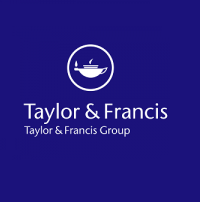Conclusion
IoT is a paradigm of a global communication network with the vision of connecting everyday things at anytime, anywhere, by anyone and anything. From the term was firstly denominated in 1999, IoT has gain considerable attentions from both academia and different industries. Currently, IoT has become one of the most popular research topics in the ICT domain and it is considered as a crucial part of future Internet. In the literature, there are substantial reviews, analyses and discussions on different dimensions of IoT. However, no co-citation analysis was conducted to address high-value articles and summarize the intellectual components from journals for examination and identification of the intellectual core and structure of IoT. Therefore, this study conducted a very first citation and a co-citation analysis for the field of IoT by using 68 high-value articles retrieved within 1457 IoT related papers which were collected from Web of Science online database. By conducting factor analysis, HCA and MDS, ten knowledge structures were identified, which includes (1) frameworks and challenges of IoT; (2) current situation of IoT in different applications; (3) interactions of IoT; (4) security issues of IoT; (5) application domains of IoT; (6) data management of IoT; (7) IoT in product lifecycle management; (8) enabling technologies of IoT; (9) IoT in smart cities; (10) IoT in recommender systems. These ten intellectual components form a development roadmap of IoT. As a result, researchers, practitioners, consultants and policy makers are able to efficiently and effectively access the holistic and representative knowledge of IoT including the framework, enabling technologies, interactions, data management, application domains, security and challenges. This roadmap also indicates the research and development directions of IoT. For example, inspiring from the implication of factor 9, policy makers may consider investing on and leveraging IoT for driving the development of smart cities. When considering factor 10, researchers and practitioners may consider the integration of IoT, Web 3.0 and recommender system as one of the potential research trend. As a whole, this study established a basis and a guidance for future studies including investigation of IoT evolution and examination of the intellectual cores of other IoT related domains such as Web 3.0, big data, smart city, recommender system and pervasive cloud computing.








